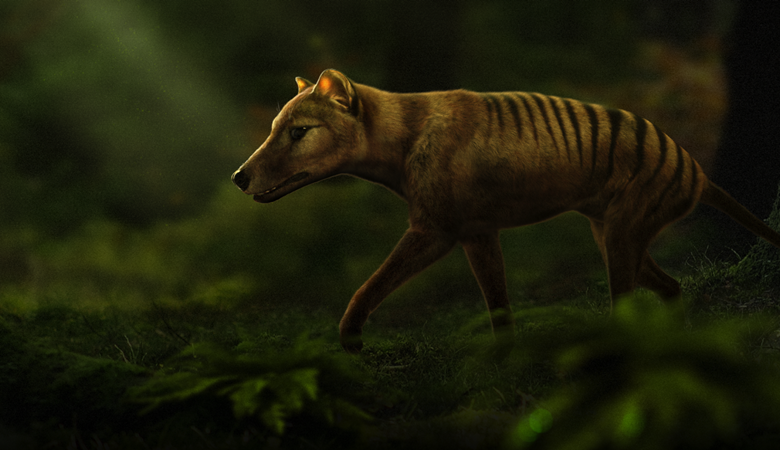Researchers claim to have made progress in their attempts to revive the extinct Tasmanian tiger

News Mania Desk / Piyal Chatterjee / 23rd October 2024
The Tasmanian tiger, also known as the thylacine, was declared extinct in Australia decades ago, but scientists say they have made progress in their efforts to revive the carnivore. In a news release issued on Thursday, Colossal Biosciences stated that its thylacine genome reconstruction is approximately 99.9% complete, with 45 gaps that will be filled in the upcoming months by more sequencing. Additionally, the business extracted lengthy RNA molecules from a preserved head that was peeled and stored in ethanol and was 110 years old.
“The thylacine samples used for our new reference genome are among the best preserved ancient specimens my team has worked with,” said Beth Shapiro, Colossal’s chief science officer and the director of the UCSC Paleogenomics Lab, where the samples were processed. “It’s rare to have a sample that allows you to push the envelope in ancient DNA methods to such an extent.”
Beth Shapiro, chief science officer at Colossal and director of the UCSC Paleogenomics Lab, where the thylacine samples were analyzed, remarked, “The thylacine samples used for our new reference genome are among the best preserved ancient specimens my team has worked with.” “It’s rare to have a sample that allows you to push the envelope in ancient DNA methods to such an extent.”
We’re getting closer every day to being able to place the thylacine back into the ecosystem – which of course is a major conservation benefit as well,” Pask said. But that little dunnart is a ferocious carnivore, even though it’s very, very small,” Pask said. “And it’s a very good surrogate for us to be able to do all of this editing in.”
“We are really pushing forward the frontier of de-extinction technologies,” Pask said, “from innovative ways of finding the regions of the genome driving evolution to novel methods to determine gene function. We are in the best place ever to rebuild this species using the most thorough genome resources and the best informed experiments to determine function.”






